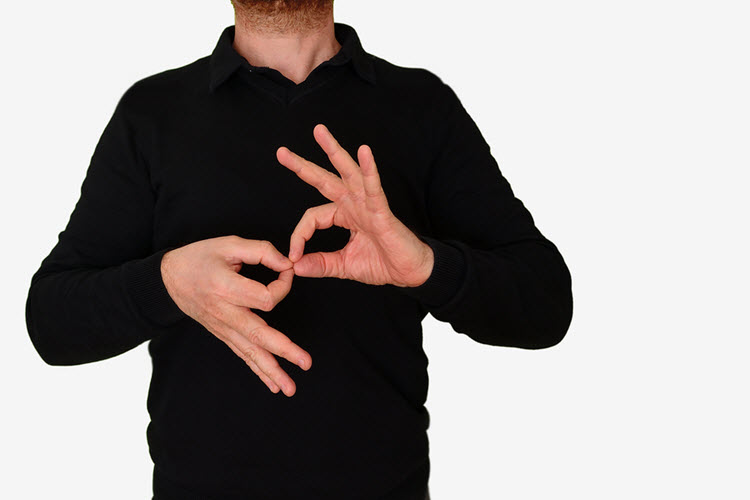“Blindness cuts us off from things. Deafness cuts us off from other people.” Helen Keller
Our very sense of self-worth, our identity, is dependent on relationships, and healthy relationships are dependent on being free to share our thoughts and feelings, as well as to listen to those of others. Barriers to communication, therefore, create barriers to relationship. For people with a sensory disability (hearing and/or visual impairment), these psychological obstacles can be devastating
I can think of only one sensory disability that isolates people socially and that is being deaf. Unlike blindness or mobility impairment, Deafness is an invisible disability. Most Deaf are “presumed to be Hearing” and treated accordingly. The Deaf Community, however, is empowered now by greater visibility in media and educational institutions, and highly motivated because they share a culture – experience, values, history, and language. But they are socially confined to those who share their language, like any linguistic minority.
Get to know a deaf person and they will tell you Deaf (big D) defines a cultural model. A group of people that are not broken, who embrace their total personhood, including their deafness. The problem is too often they are thought of and lumped together as deaf (small d) based on an antiquated medical model which implies a condition that needs to be fixed. A need which the Deaf vehemently and rightly oppose.
To understand Deaf culture, you need to start with language. The first language of the culturally (prelingually) Deaf in the U.S.A, is American Sign Language (ASL). It is visual language unlike spoken English. You can also think of it as a non-linear language which means vocabulary and sentence, or “picture” structure (syntax) is different than that of spoken English. One of my favorite books is “Train Go Sorry: Inside a Deaf World” by Leah Hager Cohen. The title illustrates perfectly the difference between ASL and spoken English. In the hearing world this phrase translates as: “The train has left, sorry.”
As the Deaf age and lose friends and family, their personal community is being lost as well. Our Deaf elders are wasting away due to isolation and lack of companionship. They are regularly deprived of even the most basic personal acknowledgment. A well-meaning neighbor or nurse may say “Good Morning”, and the Deaf lady never hears it. Moving into the traditional model for Assisted Living (AL) facility or Continuing Care Retirement Community (CCRC) does not resolve the stigma of social isolation for these folks.
This is where New Jersey Deaf Senior Housing (NJDSH) and the work they have been doing for the past 13 years comes into play. As advocates for deaf housing, they are diligently working towards establishing a facility that will give NJ deaf elders a safe place to live in community with one another. NJDSH also advocates for healthcare providers to hire interpreters. Without ASL interpreters, Deaf elders can’t participate in their own medical decisions. They cannot give “advised consent”, adequately explain symptoms to their doctors or fully understand instructions as to how they can alleviate or treat those symptoms.
Successful models of deaf housing can be found in Arizona – The Apache ASL Trail apartment building, and in Wisconsin, Florida and Massachusetts. Unlike the traditional model for care facilities, these have visual alert systems such as Video Phone calling which is a way to communicate, and residents can see who is at the door, a terrific safety measure. This housing includes modifications like flashing lights to notify of an emergency. Housing is situated near public transportation, shopping and doctors. The real difference is that deaf senior housing has proven to eliminate isolation by providing easy access to communication with the “outside world”, including family members, friends, retailers and healthcare providers. These seniors are thriving physically, mentally and spiritually, as they age in America. Their quality of life is generally happier, and their relationships are generally healthier than those Deaf seniors still isolated in Hearing communities.
I am an advocate of inter-generational housing for companionship and care. For me, deaf senior housing with generations living together just makes sense. Imagine deaf senior housing near every college or university that offers a sign language program. Students living with Deaf seniors are immersed in the culture, have the opportunity to use ASL every day in every way. And the seniors? Well just ask one. I bet you will get an eyefull.
With thanks to my collaborator Thomas Smith, CSW, Social Services Coordinator of New Jersey Deaf Senior Housing.
Disclaimer: The material in this blog is for educational purposes only. It is not intended to replace, nor does it replace, consulting with a physician, lawyer, accountant, financial planner or other qualified professional.

